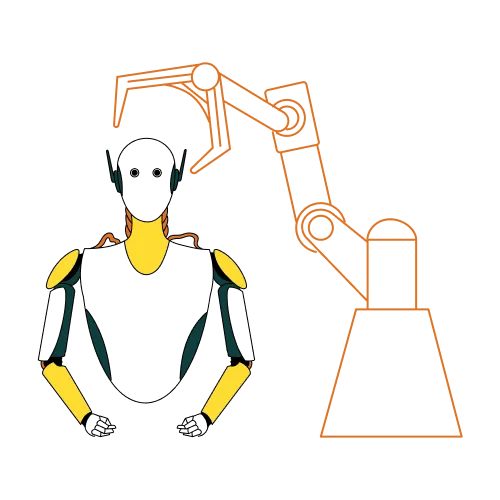Map the flow and spot the narrowest point
Lay out your growth engine as a sequence: website visitors → leads → opportunities → closed-won → retained revenue. Calculate conversion or throughput at each step over a recent period. The lowest ratio or slowest stage is your current bottleneck. In many B2B service firms this is demo-to-proposal or onboarding capacity rather than raw lead volume.
Exploit the constraint before adding capacity
Following Goldratt’s logic, first use the bottleneck as efficiently as possible. If discovery calls are scarce, tighten qualification forms so only best-fit prospects reach the calendar. Record the call once and send the link to stakeholders instead of repeating the same demo three times. Small tweaks squeeze more value from the constrained resource without new spend.
Subordinate other activities
Ensure every upstream team supports the bottleneck. Marketing can pause low-intent campaigns that flood calendars with unqualified leads, giving sales space to focus on higher-value prospects. Content can switch to case studies that answer common objections uncovered in those constrained demo slots.
Elevate the constraint
If efficiency gains stall, add capacity: hire an extra solutions consultant, adopt a scheduling tool to reduce no-shows, or build a self-serve demo. Elevation is expensive, so do it only after exploiting and subordinating otherwise you risk moving the jam to a costlier part of the system.
Start the search again
Once the original bottleneck expands, a new weakest link will emerge perhaps onboarding hours or customer success bandwidth. Re-run the analysis monthly. Over time this repeating cycle creates a culture of systematic improvement rather than sporadic firefighting.
Practical examples
Marketing funnel – If 20 % of visitors convert to leads, but only 1 % of leads book a call, the call-booking step is the bottleneck. Focus on clearer CTAs, simpler forms, and faster follow-up instead of chasing more traffic.
Sales pipeline – An IT consultancy closes 70 % of proposals but only issues two per week. Proposal generation is the constraint. Automating boilerplate sections and pre-pricing common bundles can double proposals without adding sales headcount.
Service delivery – A training provider sells courses easily yet struggles to schedule trainers, delaying revenue recognition. Capacity planning, trainer onboarding, and course calendar optimisation become the priorities marketing spend stays flat until delivery throughput rises.
By consistently finding and fixing the bottleneck, growth teams apply the lesson of The Goal to marketing and revenue: improvement is not about working harder everywhere, but about working smarter at the one place holding everything else back.

.webp)


%2520(1).webp)























